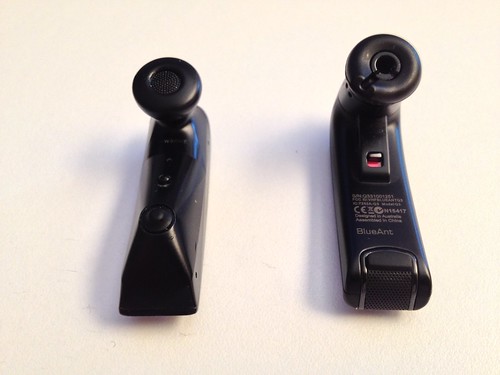Thursday, 20 June 2013
Google Reader replacements: mobile
In my previous post I discussed the Web UIs of three newish feed readers. Of these, The Old Reader, as a spare-time project, has a nicely mobile-adaptive Web app and an API in development but no iOS app. Feed Wrangler and Feedly have “official” iOS apps which display natively on both iPad and iPhone/iPod touch. These apps are quite different from one another, thus less amenable to bulleted lists than their Web counterparts.
Feed Wrangler
Feed Wrangler is very much a “classic” iOS app with card-stack navigation and a toolbar at the bottom of the screen. I don’t really mind this as I’ve been using the similarly-organized iPhone NetNewsWire for years. Everything works as you’d expect, with a minor conceit of the “Edit” button being labeled “Wrangle”. Article lists and article views are clearly presented, thankfully without gratuitous extra space as in the Web app. You move between articles with arrow buttons, though I wish the down-arrow were a bit further from the edge of the screen on iPhone (as this is the most common action you’ll perform, it makes sense to make the button bigger). Controls for starring, marking unread (still missing in NetNewsWire iPhone!), sending to Instapaper and sharing—including support for Chrome, Netbot and Drafts—are all obvious and well implemented.
There are no folders/collections/tags for feeds, a feature deficit in the Web app as well. I sometimes want to read only a subset of my feeds when I’m running behind (e.g., professional or frivolous stuff), which this would not allow me to do. There’s no display of the number of items in each category (unread, etc.), which seems like an obvious omission.
The login screen has a 1Password button which launches the app with a search for “feedwrangler”, a very nice touch. Feed Wrangler synchronized my Instapaper credentials from the Web site; my Pinboard API token was either not synchronized or just doesn’t show up.
The built-in browser is usable, but doesn’t display the page title and displays progress in a weird place, uncomfortably close to the reload button (which doesn’t change between stop and reload like you’d expect; example). If you tap on another article in the list on iPad while the browser is frontmost, the article highlights but nothing else happens; this should be better handled (example).
There’s a weird glitch where the article list scrolls slightly before displaying the related article. This happens in both iPhone and iPad versions.
Feed Wrangler has decent offline support, similar to NetNewsWire; images are not cached, however. You see a simple “Failed to Connect” overlay and your changes resynchronize once you have an Internet connection again.
Feedly
Feedly uses custom, minimalistic, gesture–centric 2D UI for its feed and article lists, but standard iOS controls for settings. Displaying an article, you can swipe up to return to the article list (equivalent to tapping the back button), or swipe left or right to navigate between articles (no corresponding buttons). The settings are a bit too generic, for example not providing font previews.
Article lists are presented as a horizontally or vertically scrolling series of list “cards”; I don’t really see the point of this, and would prefer a regular scrolling list instead. In fact, swiping down (or right, depending on your setting) with a scrolling gesture marks articles as read (an individual article or, with a larger gesture, the entire card’s worth); thankfully swiping up marks them as unread. The feed list sidebar uses comically huge headings which, again, seem rather pointless provide enormous tap targets.
Articles do get a toolbar with a back arrow and sharing controls, but without the standard iOS sharing behavior as Feed Wrangler employs. Instead, tapping an Android-like vertical ellipsis pops up an overlay full of mystery meat icons. If you hold your finger on one of the icons for a couple seconds, you do get a “hint” in the iOS title bar (example).
The built-in browser has a “Remove clutter” button — with an inscrutable icon that reminds me more of a highlighter — but no dedicated back, forward, stop or reload buttons. The top-of-screen back button works to go back a page in the browser, but then you need to step all the way back through your history to get back to the article display — or you can swipe up once you’ve scrolled to the bottom of the Web page (or PDF) you’re displaying to get back to the article list.
Feedly has no offline support at all; instead you see this.
Conclusion
As you might have guessed from the above, while I slightly preferred Feedly’s Web app to the other alternatives I evaluated, I did not like its mobile app, which is let down most by its built-in browser and lack of offline support. Feedly implements the Google Reader API, so I’ll keep looking for other apps to try.
 10:39 PM
10:39 PM 1 Comment
1 Comment